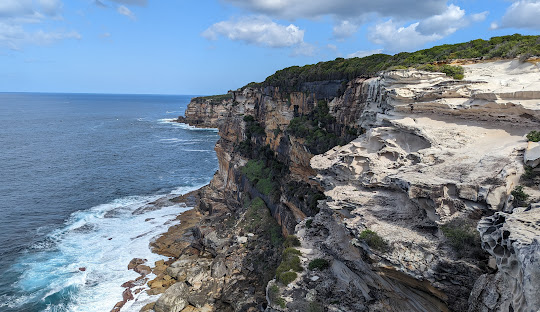
Geological Insights into Sutherland Shire: The Role of Sandstone and Volcanic Activity
Posted by Sutherland Shire Pressure Cleaning Pros on
The geology of Sutherland Shire is primarily characterized by its rich deposits of sandstone that date back to the Triassic period. This period was marked by significant geological processes that have influenced the area’s current landscape. Following the Triassic, possibly during the early Tertiary period, minor volcanic activity occurred in the region, manifesting as the intrusion of basaltic rock dykes. These dykes forced their way up through the existing sedimentary layers, leaving a distinct mark on the geological composition.
Over time, the basaltic rock of these dykes has been transformed into clay due to the cyclical wetting and drying action of weathering. This alteration is indicative of the dynamic geological processes that continue to shape the region.
From the end of the Triassic to the mid-Tertiary period, a significant amount of soft material was eroded away by natural elements such as wind and running water. The erosion was intensified by a wetter and more humid climate than what is experienced today, leading to the alteration of exposed rocks and the formation of laterite soil. This type of soil, rich in iron and aluminum, is now abundant in Sutherland Shire, contributing to the area's unique ecological and agricultural landscape.
The interplay of these geological factors has resulted in a diverse and fertile environment, highlighting the significant role of both historical volcanic activity and erosion in shaping the Sutherland Shire’s geological identity.